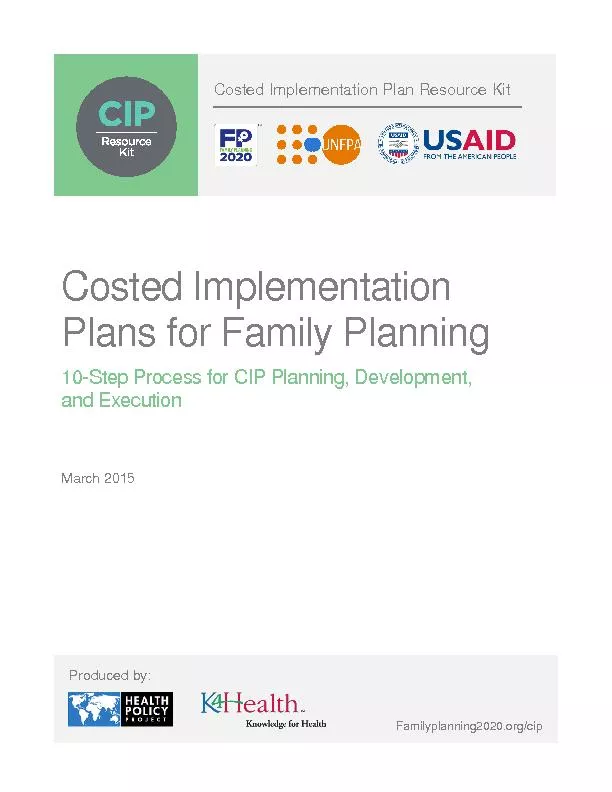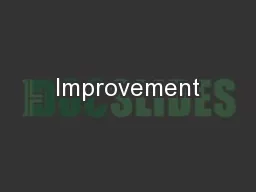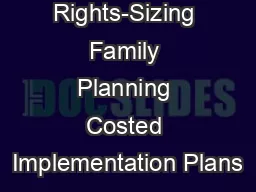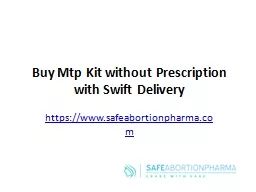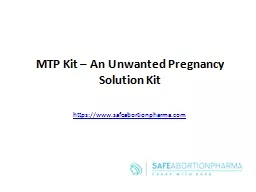PDF-Costed Implementation Plan Resource Kit | familyplanning2020.org/cip
Author : min-jolicoeur | Published Date : 2016-11-08
27 Actions 29 Sep 6 Oct 13 Oct 20 Oct 27 Oct 3 Nov 10 Nov 17 Nov 24 Nov 1 Dec 8 Dec 15 Dec 22 Dec 29 Dec 5 Jan 12 Jan 19 Jan 26 Jan 2 Feb 9 Feb 16 Feb 23 Fe
Presentation Embed Code
Download Presentation
Download Presentation The PPT/PDF document "Costed Implementation Plan Resource Kit ..." is the property of its rightful owner. Permission is granted to download and print the materials on this website for personal, non-commercial use only, and to display it on your personal computer provided you do not modify the materials and that you retain all copyright notices contained in the materials. By downloading content from our website, you accept the terms of this agreement.
Costed Implementation Plan Resource Kit | familyplanning2020.org/cip: Transcript
Download Rules Of Document
"Costed Implementation Plan Resource Kit | familyplanning2020.org/cip"The content belongs to its owner. You may download and print it for personal use, without modification, and keep all copyright notices. By downloading, you agree to these terms.
Related Documents

